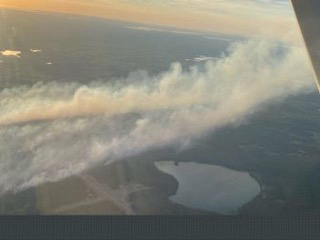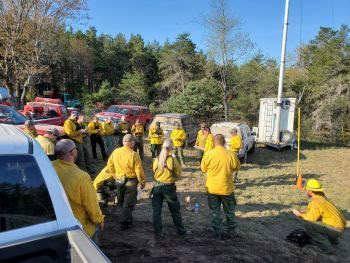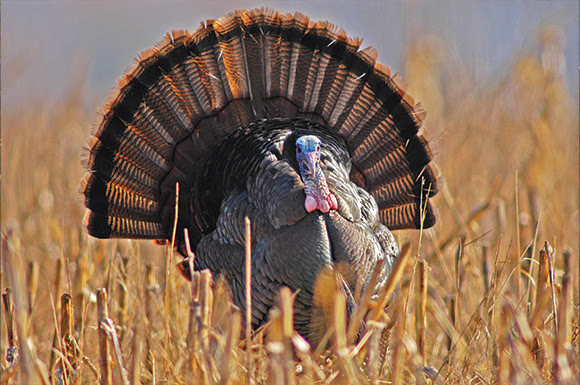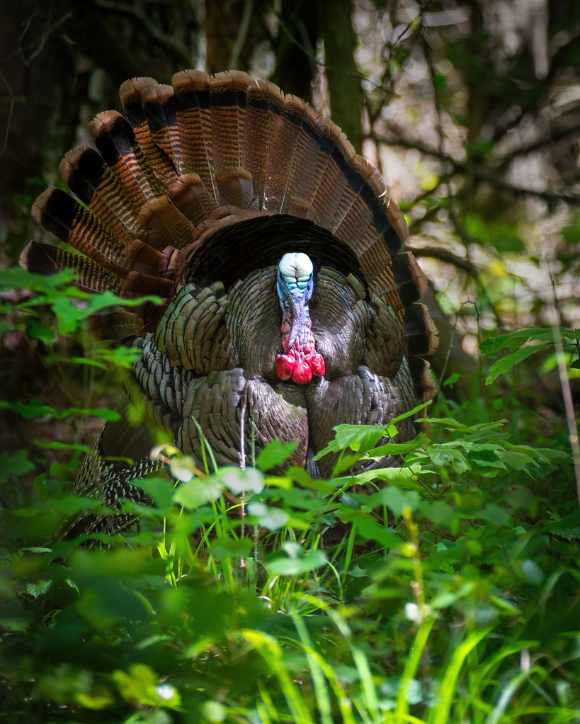By Glen Wunderlich
Charter Member Professional Outdoor Media Association (POMA)
The seemingly endless battle between anti-hunters and the greatest framework of wildlife management known to man continues. District Court Judge Jeffery White of the Northern District of California ruled in favor of the usual anti-hunting groups, thus returning wolves to protections under the Endangered Species Act in the Lower 48 States. The decision means that the federal government controls wolf management, rather than the individual states of Wisconsin, Minnesota, and Michigan. States of Idaho, Montana, and Wyoming – the only other states with wolves in the contiguous United States – were delisted by Congressional action and are thereby managed by the respective states.
Michigan’s wolf population increased steadily from the late 1980s to around 2010, and then leveled off. This leveling is most likely a result of wolves reaching the maximum population their food, resources and habitat can support, absent any specific human intervention. Biologists and ecologists refer to this concept as carrying capacity. Michigan can expect a relatively stable wolf population of 600 to 700 in the future.
However, stable does not necessarily mean it’s a good thing considering the goal was to reach a total of 200 wolves long ago. Any controversy that uses human encounters with wolves, as reason to hunt them is missing the mark, because such happenstances are rare. Wolf predation on livestock or domestic animals is somewhat more common; however, ranchers are paid with tax dollars to compensate them for cattle lost. So, what’s the big deal?
Current figures released by the U.S. Census Bureau shows some of Michigan’s largest percentage population losses were in the state’s Upper Peninsula, where Yoopers have struggled through job losses tied to downturns in the manufacturing and mining industries. And, with an economic recession staring us in the face, the resourcefulness of the human inhabitants is being pushed to the brink.
Having spent 8 seasons hunting deer in the far reaches of the U.P. and having met many Yoopers over the years, I’ve learned that these are proud people – many of which depend on wildlife to bolster their food intake and income from related activities. Like so many hunters during these trying economic times, they – along with wolves – kill for food. And, the whitetail numbers are so low now, that I will not make the trek north to take deer and exacerbate the problem.
Purchasing a deer hunting license for $20 and converting it into 50 pounds of unadulterated, low-fat, high-protein meat for the freezer is the best deal available anywhere! Compare that to any other bargain in the meat department of your favorite supermarket, where even those costs are subsidized by us taxpayers.
The Mackinac Center sums up the issue this way: “[While] a recent wolf hunt in Wisconsin was criticized for allowing hunters to take too many wolves, Michigan’s own experience also seems to support a managed wolf hunt. The last hunt in 2013 – cautiously hailed as a success by the DNR – was careful planning paired with a call-in reporting system to keep the hunt within a specified limit. Additionally, a reinstated wolf hunt could generate significant revenues for both government managers and local businesses from licensing, lodging, travel expenses and equipment. Those revenue numbers would likely be bolstered by out-of-state hunters and would help to improve funding for conservation efforts.”
The disaffected California judge’s ruling means that the total number of wolves now in existence – no matter how many – doesn’t mean they are recovered throughout the rest of the country. This asinine perspective now threatens the innate resolve of Yoopers’ viability to sustain their chosen lifestyles.
Maybe it’s (almost) time for Congressional action to right this wrong, as has been done for our Western states. Just don’t hold your breath.








